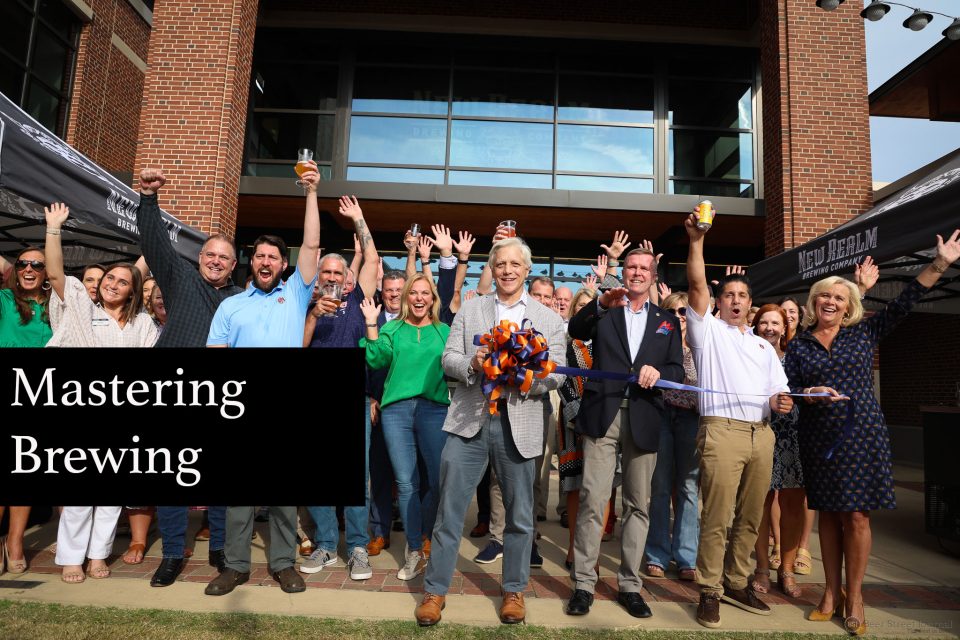 Remember the episode of Brewmasters on the Discovery Channel when Dogfish Head lost a bottling spigot in the beer? The brewery had to search through pallets of packaged bottles to find the missing tip.
Remember the episode of Brewmasters on the Discovery Channel when Dogfish Head lost a bottling spigot in the beer? The brewery had to search through pallets of packaged bottles to find the missing tip.
So what did the brewery take away from the incident? If they had what they have now, it probably never would have happened. Asset Management software from Asset Point.
Asset management software allows maintenance crews to establish a maintenance schedule for manufacturing equipment using a variety of parameters, such as date, hours used, electricity consumed, or miles accumulated.
Knowing the state of your equipment is half the battle to efficiency. It prevents downtime, and equipment failures, like the spigot incident.
“We used spreadsheets and whiteboards. We weren’t even scheduling,” he says. “[Asset management software has] allowed us to plan our work a week at a time, so we know what everyone’s doing. It also allows us to track our emergency type work, so we can see the machines causing us the most grief and make some modifications.”
[CNBC]






It is why every brewery should have an experienced and knowledgeable facilities manager who understands maintenance, especially Preventative Maintenance (PM) and how it differs from Corrective Maintenance.
Operating a PM program takes money and resources, and you need the right people, but it will minimize costly repairs, downtime, and other associated costs/losses. When you are in production, downtime is money lost and money not being made.
I have gone to a few breweries of various sizes, and it amazes me that these places do not understand the role of the facilities manager and a PM program. In addition, they do not always understand waste management and waste water treatment.
As a example, one brewery was being surcharged for total disolved solids (TDS), total suspended solids (TSS), and biological oxygen demand (BOD). The wastewater utility could accurately pinpoint when these levels were exceeded, and thus would collect a sample and begin surcharging, but they had no incentive to re-sample and remove the surcharge. The brewery did not understand how this worked, so they did not have a monitoring (and pre-treatment) system in place. How much of their profits washed down the drain (literally)?